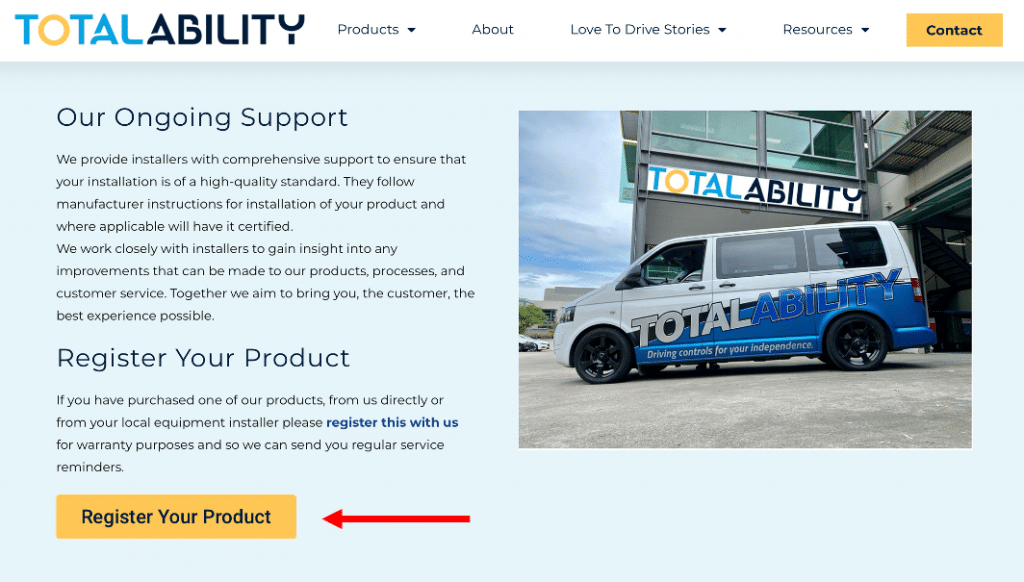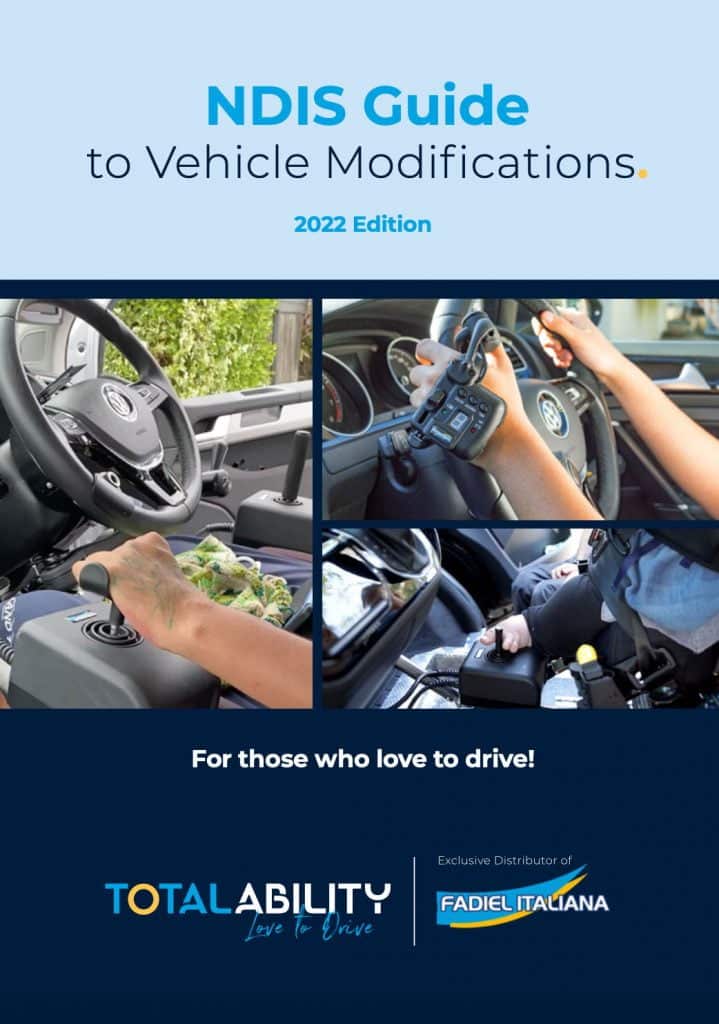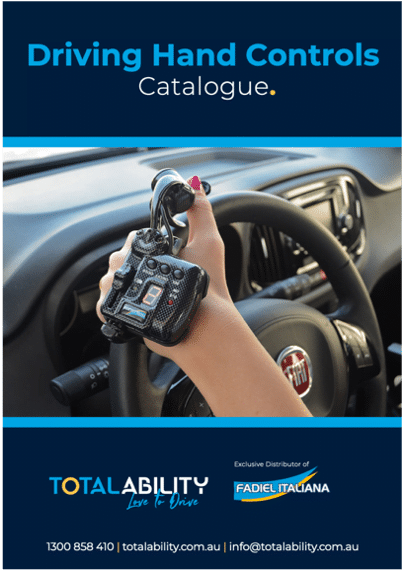
Importance of Servicing Disability Vehicle Mods
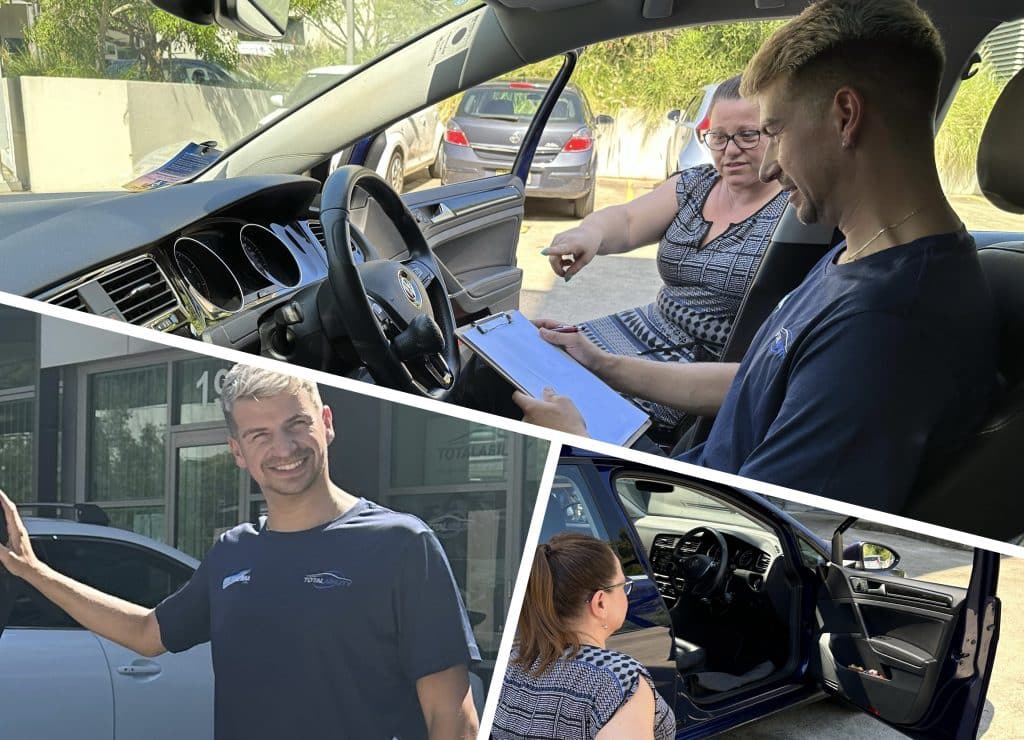
why you need to Service Driving Controls and Vehicle Access Products
How to stay safe on the road and prevent small equipment niggles from becoming big problems.
If you’ve recently got vehicle modifications for driving with disability, servicing, maintenance and repairs are probably the last things on your mind.
After all, you waited a long time for this equipment—now it’s time to get on the road and enjoy it!
But as anyone who’s been driving with disability for a while will tell you, it’s essential to have a plan for servicing hand controls and vehicle access products.
Not only is regular maintenance essential for the safety, longevity and reliability of your equipment, it also ensures you are properly covered by any warranty or insurance that might be in place for your vehicle modifications.
Sticking to a regular servicing schedule doesn’t guarantee you’ll never be off the road, but it’s the best way to prevent avoidable problems with your driving equipment.
Why Maintenance, Servicing and Repairs are Important
There are several good reasons to maintain and service your driving controls and vehicle access equipment regularly.
Safety
First and foremost, regular maintenance of vehicle modifications keeps you safe on the road.
Equipment like hand controls and steering accessories are precise instruments, which have many moving parts that may need regular replacement or adjustment to stay in good working order. These devices are manufactured to high standards to ensure safety and reliability, but only when they are inspected and serviced at regular intervals.
Also, keep in mind that even though it’s typically not operational during driving, equipment to transfer in and out of vehicles, like hoists, lifts, ramps and swivel bases, need to be inspected regularly for safety as well. When any of these pieces of equipment are damaged or not operating correctly, they can pose a high injury risk.
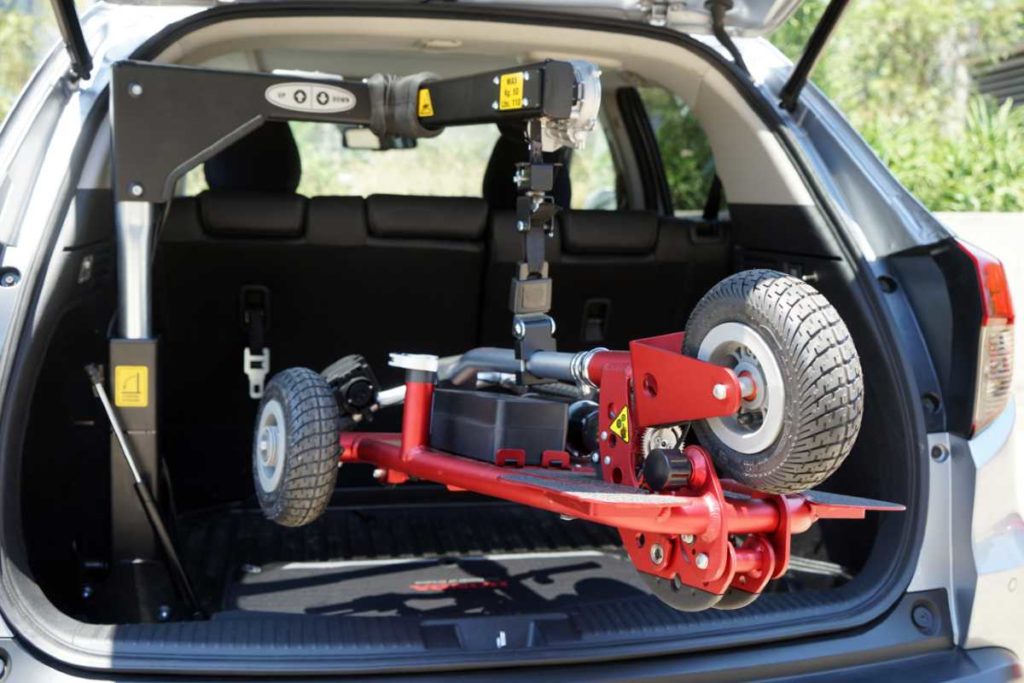
Warranty
Under Australian Consumer Law, all assistive technology you buy or hire is covered by law under consumer guarantee first (that the product or service is of reasonable quality and fit for purpose), then supplier and/or installer warranty.
For example, if you have a platform lift installed in your vehicle, the lift would be covered by a manufacturer’s warranty, and there would also be a warranty or guarantee on the installer’s work. For both warranties to be valid, however, you would need to have the equipment inspected and serviced at regular intervals as indicated by your installer/supplier.
Also, be aware that tampering, modifying or damaging a product in any way will usually forfeit any rights you have under warranty. This sometimes comes up when a customer makes their own ‘improvements’ to vehicle modifications or attempts to conduct repairs themselves. To avoid this happening, go directly to the installer/supplier for any repairs or adjustments.
If you’ve already got a Fadiel Italiana product installed, whether purchased from Total Ability or a local equipment installer, don’t forget to register your product online. This will double the standard 12 month warranty to 24 months from the date of purchase.
For further details on consumer rights for assistive technology and services for people with disability, see the ‘Your consumer rights’ page on the NDIS website.
Reliability
For many people with disability, a modified vehicle is the only way they can access the community independently for things like working, shopping and socialising. So, if you love to drive like us, you don’t want to be off the road any longer than necessary because your hand controls or vehicle access products aren’t working as they should.
Servicing driving controls and vehicle modifications regularly is the best way to ensure maximum longevity and reliability of your equipment. It ensures small niggles with equipment can be addressed promptly, avoiding the big, expensive problems that can make your car unusable for extended periods of time.
Insurance
We recommend everyone who drives with a modified vehicle have full, comprehensive insurance. This is important not just to cover damage to your vehicle modifications, but also any other assistive technology, such as a wheelchair, walker or mobility scooter that could be in the car at the time of an accident. You might also wish to consider coverage for a hire car in case your car is stolen or unable to be driven due to damage.
Where this relates to servicing and repairs, if your driving controls and access products haven’t been maintained according to the recommended schedule, you could find your insurance won’t cover you in the case of an accident. Having the peace of mind that you’re covered by insurance is well worth the comparatively minor cost and inconvenience of following servicing recommendations.
Cost
Finally, while there is a cost upfront, keeping up with the servicing, maintenance and repairs of hand controls and vehicle access products will almost always save you money in the long term.
Whether it’s through having repairs covered by warranty, dealing with small problems while they are cheaper to fix, or being properly covered by insurance in the case of an accident, regular maintenance is the best way to avoid the big financial shocks to do with vehicle modifications that can take you off the road.
What To Ask Your Installer About Servicing?
Ideally, you will get a good handover from the installer(s) that modify your vehicle.
They should explain things specifically related to your products, like:
-
- Warranty period and conditions
- Servicing schedule
- Servicing costs
- Authorised service centres nearby
- Warning signs of malfunctioning equipment
Don’t be shy about asking any of these questions if your installer doesn’t cover them. They will likely also have all of this information available in written form so you can keep it for further reference.
If you are using any Total Ability products, even if they were installed some time ago or purchased directly from an installer, register with us for regular service reminders. You can also contact our team to discuss any questions you might have about maintenance and repairs.
The NDIS and Maintenance Costs
If your hand controls or vehicle access equipment was funded by the NDIS, or already present before entering into the scheme, the NDIS will cover the cost of maintenance and repairs.
This applies to anything to do with vehicle modifications, but not general servicing, maintenance and repairs of your vehicle. This is because the NDIS has determined, “the purchase, running costs, registration and insurance of vehicles are considered day-to-day living costs not related to someone’s disability.” Please note: A separate insurance policy to regular car insurance is required for vehicle modifications. Some companies will provide a combined policy, but issue separate invoices, or itemise that component separately on your policy, so you can send the amount for modifications to NDIS for payment.
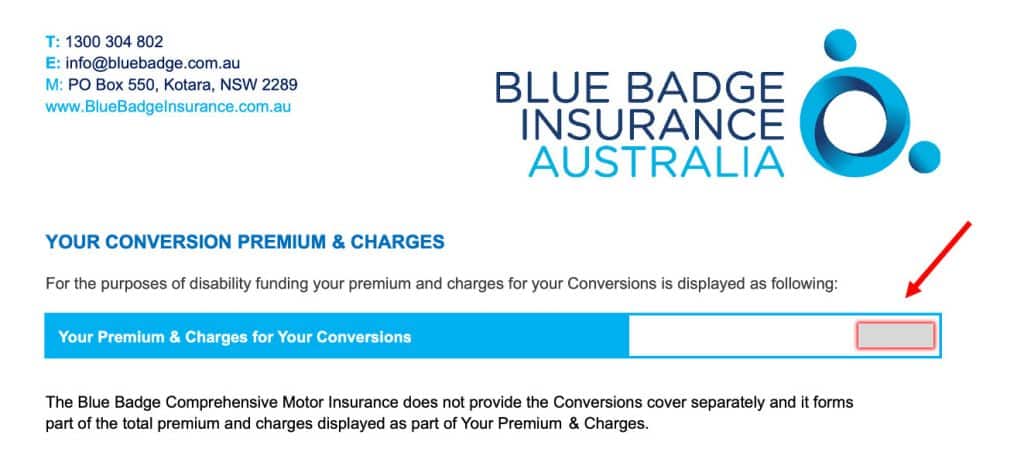
Image courtesy: Blue Badge Insurance Note: Blue Badge Insurance policies itemise the vehicle modifications component separately to make it easier to claim from NDIS/Other funding body.
Let’s take a look at a brief example of what maintenance and repair costs would and would not be covered by the NDIS.
If John has a van with an automated ramp, he would be responsible for the costs of regular servicing of his vehicle, like oil changes, tyre changes and engine maintenance, but the NDIS would cover all costs related to maintenance and repairs of the ramp.
Similarly, if John was in an accident and the rear of his vehicle was damaged, the NDIS would cover any damage to the ramp, but John would be responsible for the cost of repairs to the remainder of the car, and/or his general car insurance excess.
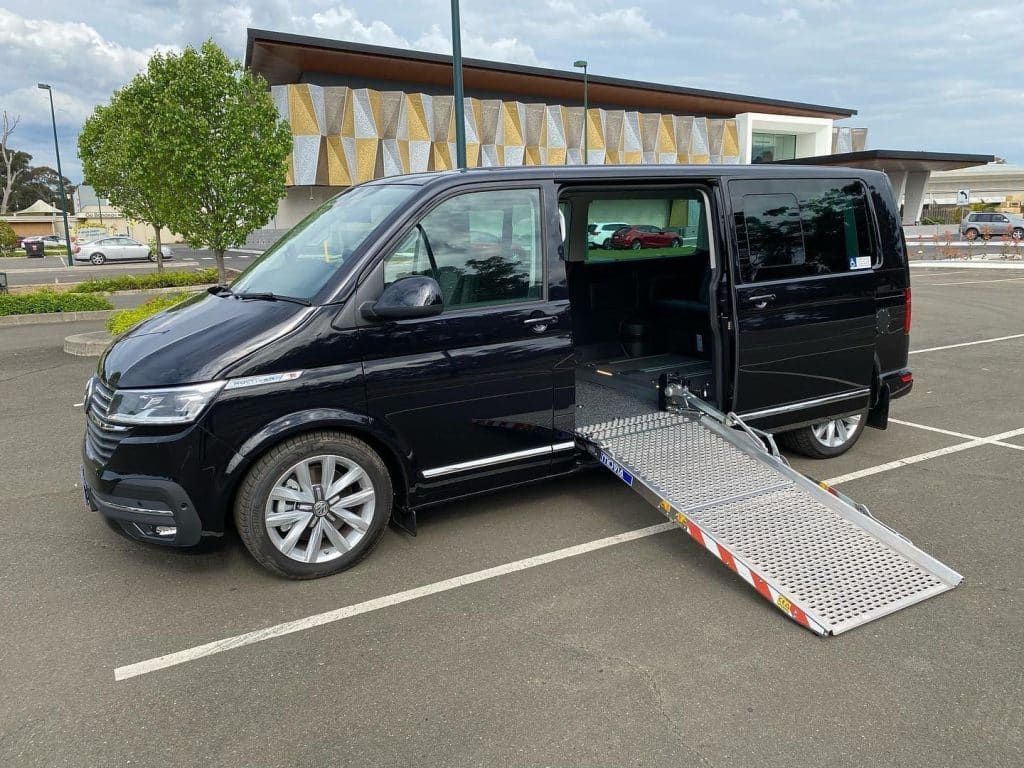
Image courtesy: Freedom Motors Australia
Make Maintenance, Servicing and Repairs Easy
Maintenance, servicing and repairs of driving controls and vehicle access products can seem confusing (and costly) at first—but it doesn’t have to be.
By speaking with your installer and setting up a regular schedule for servicing, you can ensure your vehicle modifications are safe, reliable and cost effective over the long term.
If you’re an NDIS participant, all costs related to servicing and repairs will be covered by your plan. If you purchased your equipment privately or are hiring it, be sure to check what’s covered in the warranty. This probably won’t cover general maintenance, but it should include most unforeseen events in the first year or two, as long as you’ve kept up with the recommended service schedule.
When you purchase anything from our product range at Total Ability, our team will give you a full overview of the warranty and servicing requirements of your new vehicle modifications.
Furthermore, if you already have one of our products installed, whether purchased directly or through a local installer, you can register your product to receive service reminders and check if it’s eligible for an extended warranty.
Our friendly team is always available if you want to contact us for advice about maintenance and repairs. And you can learn more about driving with disability by downloading our guides below:
This Guide covers:
- Initial Assessment
- Understanding the Plan
- Assistive Technology and the NDIS
- State Motoring Authorities
- Assessment Considerations
- Quotes and Evidence
- High-cost Vehicle Modifications
- Complete the NDIS Application
- After Lodgement
- Checklists
Driving Hand Controls Catalogue includes:
- Our complete range of driving hand controls
- For each control, the disabilities and conditions they are suitable for
- A comparison chart outlining the benefits and features of the various types of hand controls
- The history of Fadiel Italiana high level modification driving systems


